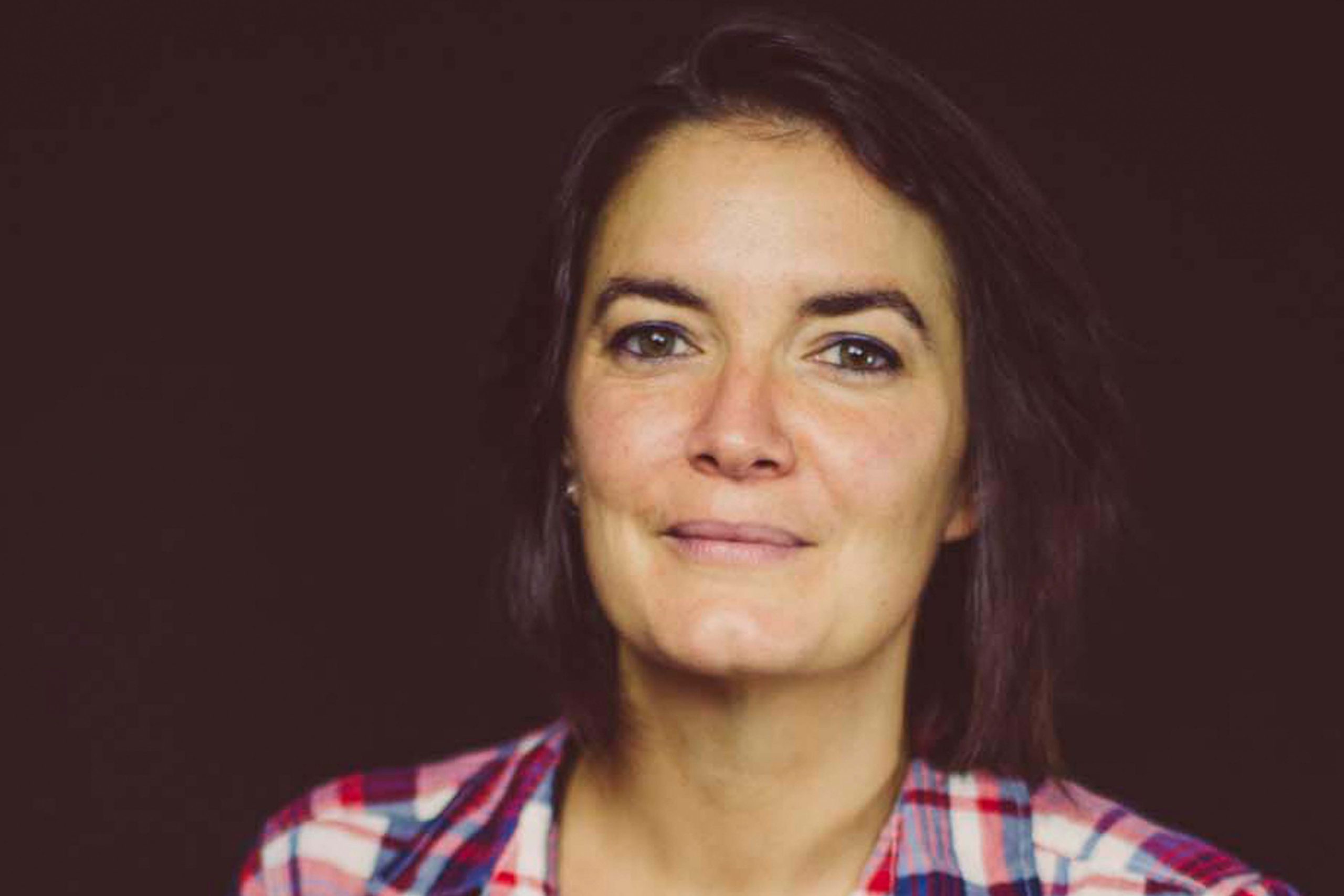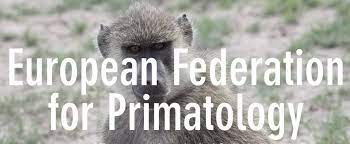Marie Charpentier
Directrice de Recherche
Je travaille sur l'évolution de la socialité dans les sociétés de primates en utilisant des données à long terme centrées sur les individus. Depuis 2012, je gère une station de terrain dans le sud du Gabon (Parc de la Lékédi, Bakoumba) pour étudier la seule population naturelle de mandrills habitués au monde. Dans cette population, j'étudie les principaux déterminants des relations sociales, tels que la parenté ou le statut parasitaire individuel, ainsi que les facteurs proximaux qui régulent ces relations.
The social microbiome: The missing mechanism mediating the sociality-fitness nexus?
Chez de nombreux mammifères sociaux, la vie sociale précoce et l’intégration sociale à l’âge adulte...
The Mandrillus Project
Le projet Mandrillus (www.projetmandrillus.com) étudie la socio-écologie de la seule population habituée de mandrills sauvages...
Stillbirth of a mandrill (Mandrillus sphinx) in the wild: perinatal behaviors and delivery sequences
La naissance est un événement fondamental dans la vie des animaux, y compris dans notre...
81 documents
- M. Charpentier, M. Fontaine, E. Cherel, J. Renoult, T. Jenkins, et al.. Genetic structure in a dynamic baboon hybrid zone corroborates behavioural observations in a hybrid population. Molecular Ecology, 2012, 21 (3), pp.715-731. ⟨10.1111/j.1365-294X.2011.05302.x⟩. ⟨hal-02079621⟩
- C. Lucas, Marie Charpentier. Odeurs en sociétés. ÉCOLOGIE CHIMIQUE LE LANGAGE DE LA NATURE, cherche midi, pp.72-85, 2012, 978-2-7491-2772-9. ⟨hal-00780842⟩
- Julien Renoult, H. Martin Schaefer, Bettina Sallé, Marie Charpentier. The Evolution of the Multicoloured Face of Mandrills: Insights from the Perceptual Space of Colour Vision. PLoS ONE, 2011, 6 (12), pp.e29117. ⟨10.1371/journal.pone.0029117⟩. ⟨hal-02079613⟩
- M. Boulet, J. Crawford, M. Charpentier, M. Drea. Honest olfactory ornamentation in a female-dominant primate. Journal of Evolutionary Biology, 2010, 23 (7), pp.1558-1563. ⟨10.1111/j.1420-9101.2010.02007.x⟩. ⟨hal-02079606⟩
- Marie J.E. Charpentier, Jeremy Chase Crawford, Marylène Boulet, Christine Drea. Message ‘scent’: lemurs detect the genetic relatedness and quality of conspecifics via olfactory cues. Animal Behaviour, 2010, 80 (1), pp.101-108. ⟨10.1016/j.anbehav.2010.04.005⟩. ⟨hal-02079611⟩
- Anne Starling, Marie J.E. Charpentier, Courtney Fitzpatrick, Elizabeth Scordato, Christine Drea. Seasonality, sociality, and reproduction: Long-term stressors of ring-tailed lemurs (Lemur catta). Hormones and Behavior, 2010, 57 (1), pp.76-85. ⟨10.1016/j.yhbeh.2009.09.016⟩. ⟨hal-02079605⟩
- Joanna Setchell, Marie Charpentier, Kristin Abbott, E. Jean Wickings, Leslie Knapp. Is Brightest Best? Testing the Hamilton-Zuk Hypothesis in Mandrills. International Journal of Primatology, 2009, 30 (6), pp.825-844. ⟨10.1007/s10764-009-9371-0⟩. ⟨hal-02079554⟩
- Elise Huchard, Julio Benavides, Joanna Setchell, Marie Charpentier, Alexandra Alvergne, et al.. Studying shape in sexual signals: the case of primate sexual swellings. Behavioral Ecology and Sociobiology, 2009, 63 (8), pp.1231-1242. ⟨10.1007/s00265-009-0748-z⟩. ⟨hal-02079550⟩
- Alexandra Alvergne, Elise Huchard, Damien Caillaud, Marie Charpentier, Joanna Setchell, et al.. Human Ability to Recognize Kin Visually Within Primates. International Journal of Primatology, 2009, 30 (1), pp.199-210. ⟨10.1007/s10764-009-9339-0⟩. ⟨hal-02079548⟩
- Marylène Boulet, Marie Je Charpentier, Christine Drea. Decoding an olfactory mechanism of kin recognition and inbreeding avoidance in a primate. BMC Evolutionary Biology, 2009, 9 (1), pp.281. ⟨10.1186/1471-2148-9-281⟩. ⟨hal-02079559⟩
Follow Me On

Contact Info
Specialty
Primatology, Mandrills, Sociality



